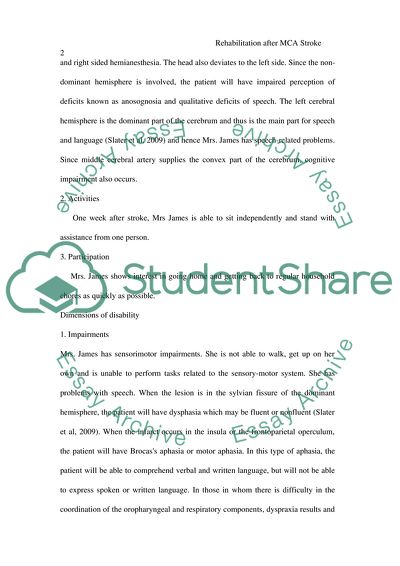Cite this document
(Rehabilitation Following a MCA Stroke Case Study, n.d.)
Rehabilitation Following a MCA Stroke Case Study. Retrieved from https://studentshare.org/health-sciences-medicine/1728745-rehabilitation-following-a-mca-stroke
Rehabilitation Following a MCA Stroke Case Study. Retrieved from https://studentshare.org/health-sciences-medicine/1728745-rehabilitation-following-a-mca-stroke
(Rehabilitation Following a MCA Stroke Case Study)
Rehabilitation Following a MCA Stroke Case Study. https://studentshare.org/health-sciences-medicine/1728745-rehabilitation-following-a-mca-stroke.
Rehabilitation Following a MCA Stroke Case Study. https://studentshare.org/health-sciences-medicine/1728745-rehabilitation-following-a-mca-stroke.
“Rehabilitation Following a MCA Stroke Case Study”. https://studentshare.org/health-sciences-medicine/1728745-rehabilitation-following-a-mca-stroke.


